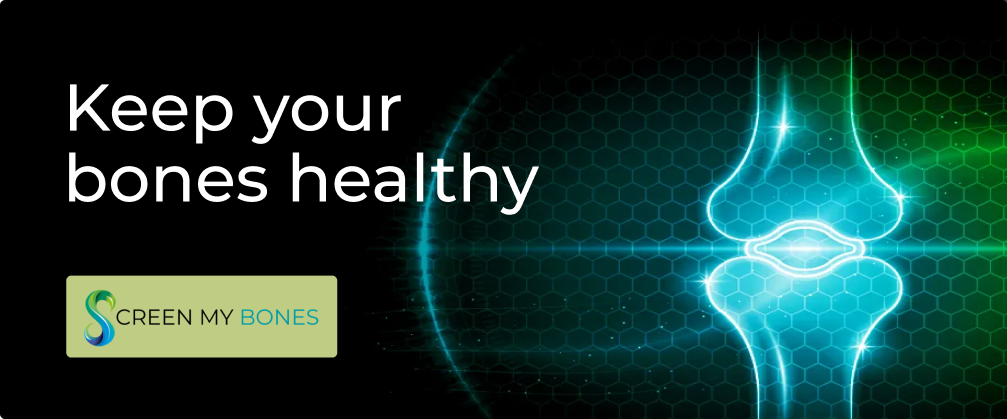Hamstring strains are one of the most common injuries encountered in sports and physical activities. They affect both elite athletes and weekend warriors alike. This article delves deep into the causes of hamstring strains, preventive measures, and effective rehabilitation techniques.
1. What is a Hamstring Strain?
The hamstring is a group of three muscles located at the back of the thigh, running from the pelvis to the lower leg. A hamstring strain, often termed a ‘pulled hamstring’, is when one or more of these muscles stretch beyond their limit, causing small tears in the muscle fibres.
Strains can be categorised into three grades:
- Grade I: Mild strain with minimal pain and no loss of strength.
- Grade II: Moderate strain with noticeable pain, some loss of strength, and limited mobility.
- Grade III: Severe strain, often with a palpable gap in the muscle, significant pain, and loss of strength and mobility.
2. Causes of Hamstring Strains
The most common scenarios leading to hamstring injuries include:
- Overexertion: Sudden acceleration or deceleration, especially in sports like football or sprinting.
- Inadequate Warm-up: Engaging in rigorous activities without proper muscle warm-up can predispose the hamstring to injuries.
- Muscle Imbalance: If the quadriceps (front thigh muscles) are significantly stronger than the hamstrings, it might lead to strains.
- Fatigue: Exhausted muscles are less resilient and more susceptible to injuries.
- Previous Injuries: Once injured, the hamstring is prone to reinjury if not rehabilitated properly.
3. Prevention
Avoiding hamstring strains involves a combination of strengthening, flexibility exercises, and mindful practices:
- Regular Strength Training: Especially eccentric exercises that lengthen the muscle under load, can fortify hamstrings.
- Dynamic Warm-ups: Before engaging in sports or exercises, a good warm-up increases blood flow and prepares the muscles.
- Flexibility: Regular stretching improves the flexibility of the hamstring muscles, reducing the risk of strains.
- Hydration and Nutrition: Proper hydration and balanced nutrition play a role in muscle health and resilience.
- Rest and Recovery: Ensure adequate recovery time between strenuous activities.
4. Rehabilitation
Recovery from a hamstring strain requires patience and a structured approach:
- Immediate Care (R.I.C.E): Rest, Ice, Compression, and Elevation can help reduce pain and inflammation initially.
- Physical Therapy: Guided exercises restore flexibility, strength, and functionality of the hamstring.
- Gradual Return: Before resuming full activity, ensure a graded reintroduction to avoid re-injury.
- Massage and Myofascial Release: Can be beneficial in reducing muscle tightness and promoting blood flow to the injured area.
5. Conclusion
Hamstring strains, while common, can be significantly debilitating. A proactive approach in prevention is invaluable. For those who’ve experienced an injury, a structured and patient rehabilitation process is essential to return to peak performance.
Understanding the causes, adopting preventive measures, and embracing evidence-based rehabilitation methods can go a long way in addressing hamstring strains. It’s not just about recovery, but also about empowering individuals to be better equipped and more resilient in their physical pursuits.
If this article resonated with you then…
This article was written by our team of specialist therapists at Perfect Balance Clinic. If you would like more specific advice about how our team can help you with this condition or symptoms you may be having, please complete the contact form below and one of the team will get back to you shortly.






